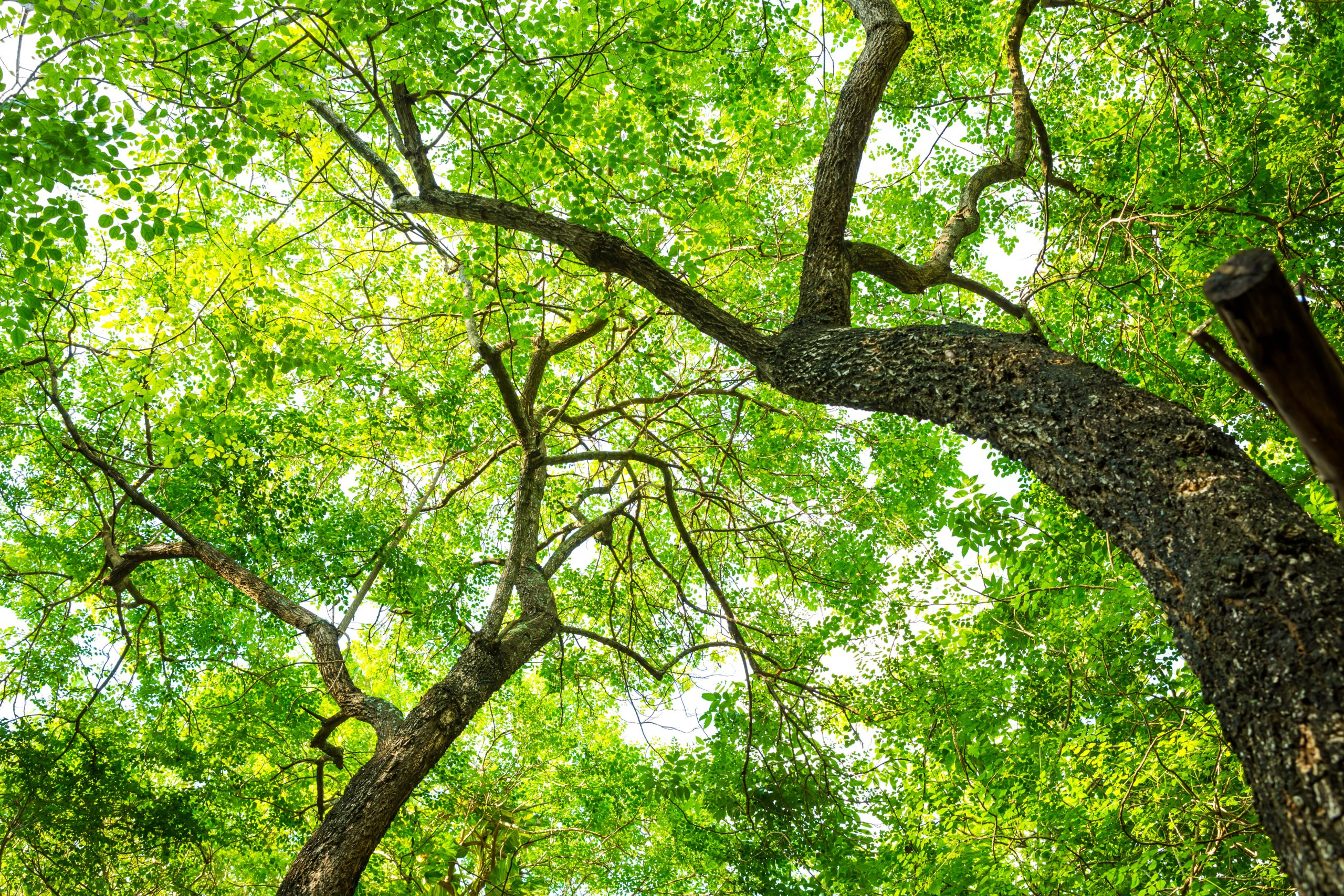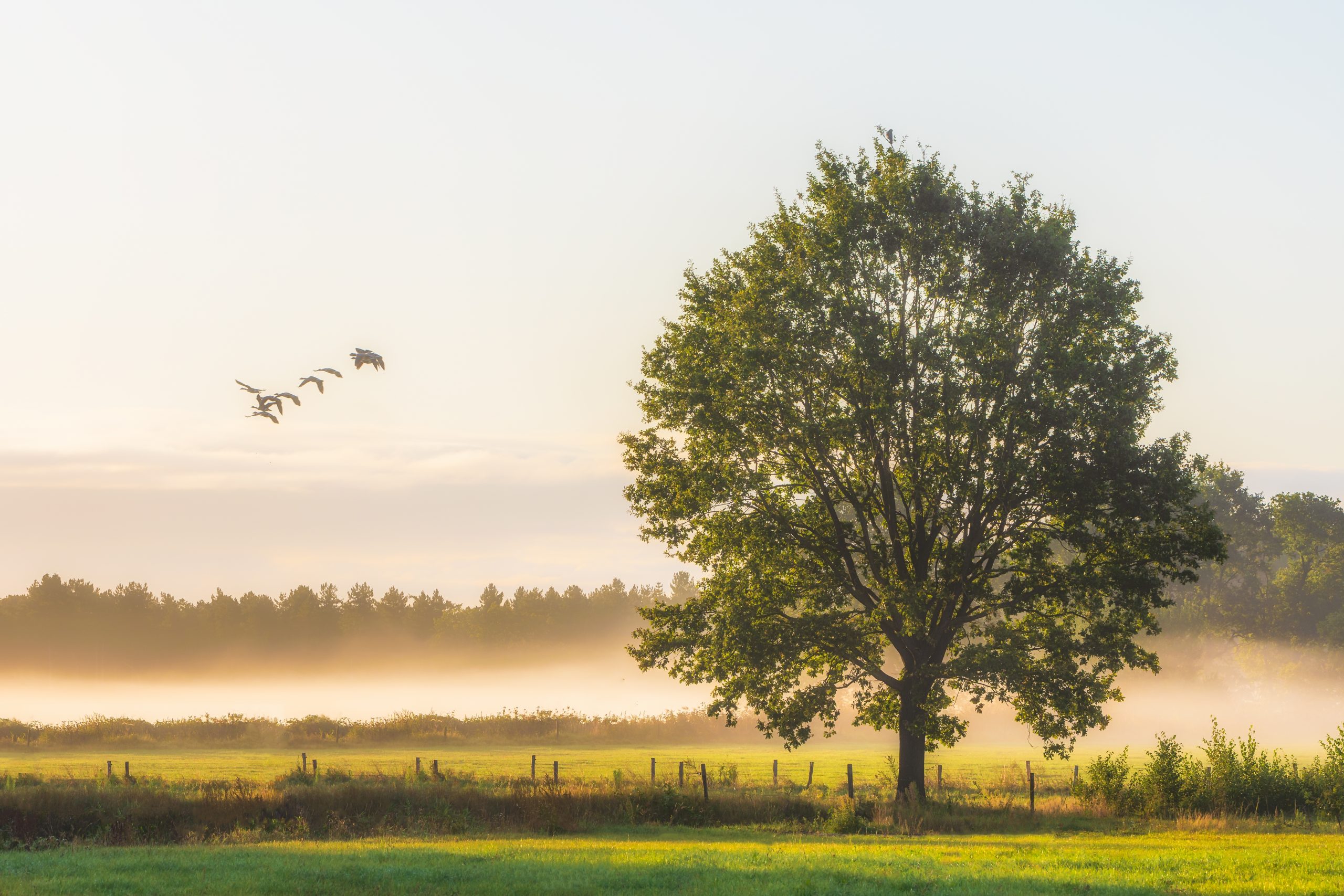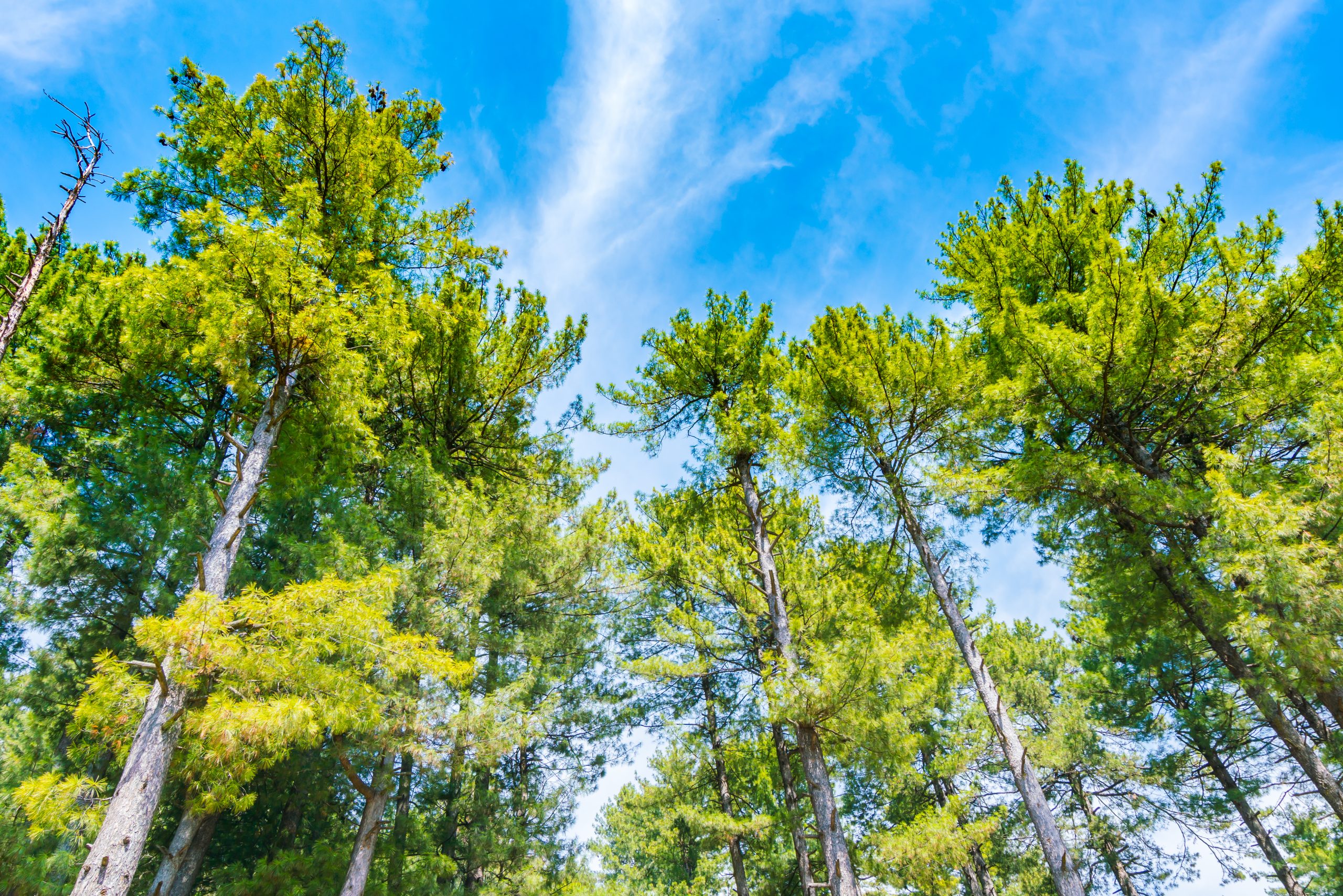Preventing storm damage to trees involves proactive planning, proper maintenance, and prompt action to reduce the risk of tree failure during severe weather events. Here’s a comprehensive guide on how to prevent storm damage to your trees:

Remember that preventing storm damage is an ongoing effort. Regular tree care, inspections, and appropriate action when issues are identified are key to maintaining the safety and health of your trees and your property during severe weather events.
Storm damage to trees can result from a combination of natural factors, tree health, and human activities. Understanding the causes of storm damage can help you take proactive measures to prevent or mitigate potential risks. Here are the primary causes of storm damage to trees:

Understanding these causes of storm damage can guide your efforts in tree care and maintenance. Regular inspections, proper pruning, maintaining soil health, and addressing any structural issues can help minimize the risks associated with storms and improve the overall health and resilience of your trees. If you’re uncertain about the condition of your trees, consulting a certified arborist can provide expert guidance on managing potential storm risks.
Choosing the right trees is a crucial step in preventing storm damage and ensuring the long-term health and safety of your property. Selecting tree species that are well-suited to your climate and local conditions can significantly reduce the risk of tree failure during severe weather events. Here’s how to choose the right trees to prevent storm damage:

By selecting the right trees that are suited to your local environment and considering their potential impact during storms, you can create a resilient landscape that enhances property value and reduces the risk of storm-related damage.
Murray is a city situated on the Wasatch Front in the core of Salt Lake Valley in the U.S. state of Utah. Named for territorial governor Eli Murray, it is the state's fourteenth largest city. According to the 2020 census, Murray had a population of 50,637. Murray shares borders with Taylorsville, Holladay, South Salt Lake and West Jordan, Utah. Once teeming with heavy industry, Murray's industrial sector now has little trace and has been replaced by major mercantile sectors. Known for its central location in Salt Lake County, Murray has been called the Hub of Salt Lake County. Unlike most of its neighboring communities, Murray operates its own police, fire, power, water, library, and parks and recreation departments and has its own school district. While maintaining many of its own services, Murray has one of the lowest city tax rates in the state.
Murray Oakes, Grant Park, Southwood Park, Murray Park, Murray Park Restrooms, Willow Pond Park, Neighborhood Veterinary Care
We had a great experience with TruCo! They were well priced, responsive and prompt. Michael was a pleasure to work with and gave us advice on which plants to put in where we took out our ugly old shrubs. I would highly recommend this company!!!
TruCo Services gets 5 stars from us for customer service. We experienced a few issues with their services this last year and Rob Eccles in senior management, stepped in and immediately handled our issues. He was very committed to making sure they understood our expectations and would execute to make us happy.
I work for a property management company and have the pleasure of working with Rob at a community in Sandy. He has been incredible to work with and always responds in a timely manner. He knows all the homeowners by name and address and is aware of all the "problem" areas when it comes to sprinklers. I never have to worry about following up with him because he always reaches out to provide me with an update. If you're looking to work with someone who takes pride in their job, is professional, and can solve the worst landscaping problems thrown your way, Rob is your guy. Thank you, Rob for all you do!
We have used Truco at 2 of the complexes we manage, they have been great to work with. Good quality service, outstanding customer service with good communication. That's hard to find these days. I highly recommend them. Travis has been awesome to work with.
We use TruCo for a majority of our properties and our home. While other landscaping companies we use come and go for various reasons like cost, communication issues, work performance, etc., TruCo is always consistent in price and work. Also, Rob is the best.